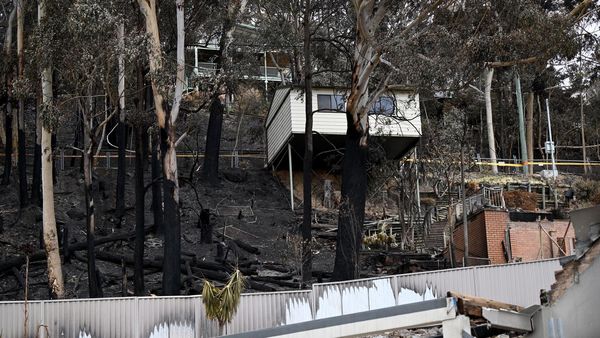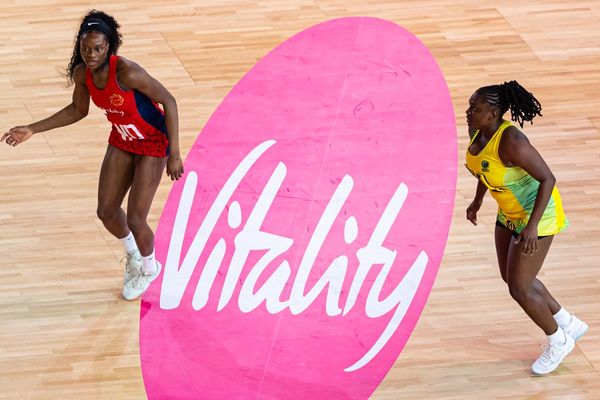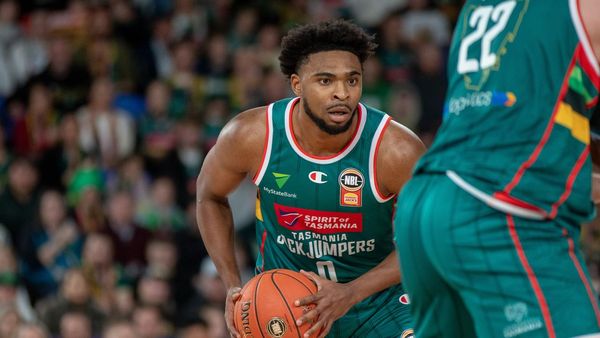
Gavin Jantjes is right to say that many British art institutions deployed kneejerk/stopgap responses in retrospective collecting (UK galleries rushed to diversify art after Black Lives Matter, artist says, 4 June). However, many provincial galleries like Bradford, Rochdale, Coventry and Birmingham were ahead of the game in either collecting or exhibiting. It was indeed the metropolitan Tate Gallery and the British Museum that failed to take an interest, as did the V&A until, thanks to a head of department willing to trust my judgment, I was allowed to start exploring – from the very late 1980s up to the early 2000s – this field.
The acquisitions were prints at first, subsequently some paintings and drawings too – beginning with Tony Phillips and adding many, including Sonia Boyce, Lubaina Himid, Chris Ofili, Hew Locke, Tam Joseph, Faisal Abdu’Allah, Frank Bowling and Aubrey Williams. I am the first to acknowledge that the V&A was late to the table, but we did acquire far more works than the British Museum or the Tate.
It’s such a shame that the V&A, which continued its acquisition policy after my retirement in 2006, seems rarely to be considered a major collector in this field of works on paper, but as far as London was concerned we made a difference.
Prints by Jantjes – Freedom Hunters (1977), commemorating the massacre of students in Soweto in 1976, and a later work from 1988 – were acquired in the early 1980s and the mid-1990s respectively. A few other works by black artists were also acquired before the late 1980s.
If the public would like to see work by many black artists, the V&A prints and drawings collection is the place to visit. Finally, I would add that important as retrospective collecting may be, it should not be at the expense of young artists emerging now.
Rosemary Haworth-Booth (Miles)
Swimbridge, North Devon
• Have an opinion on anything you’ve read in the Guardian today? Please email us your letter and it will be considered for publication in our letters section.







